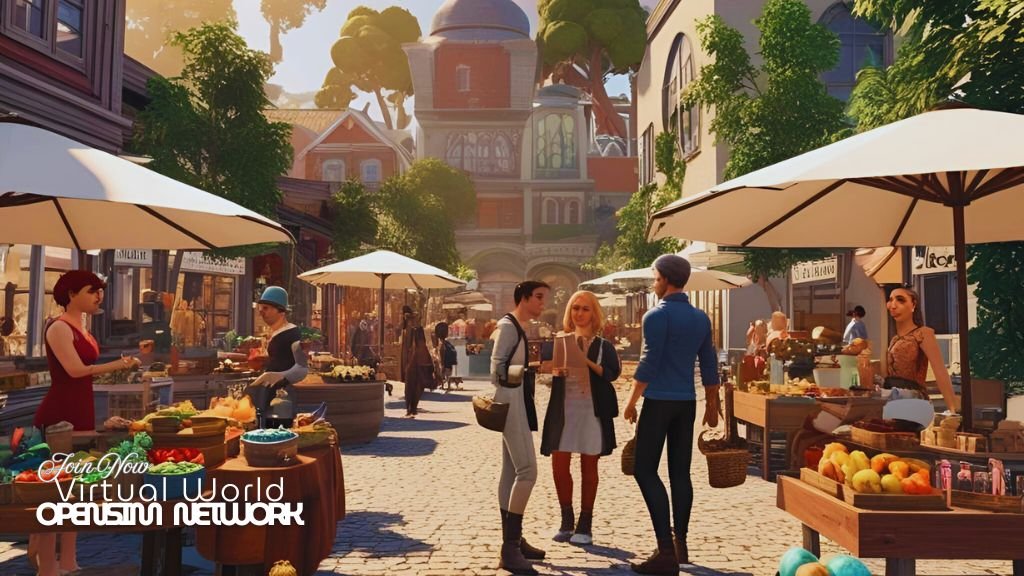Minecraft Gets a Free Map of Iconic Underground Tokyo Location, Thanks to Japanese Government

The Japanese government has released a Minecraft map of the world’s largest underground flood prevention facility. Not only is it free to download, but it lets you explore one of the Tokyo area’s lesser-known iconic locations from the comfort of your home.
The Metropolitan Area Outer Underground Discharge Channel, known as G-Cans for short, is a real-life disaster prevention facility. It is best-known for its “pressure adjustment water tank” — a huge cavernous space with 59 massive pillars. A truly epic looking, boss battle-worthy location, it is G-Can’s most iconic sight, and even has the nickname “underground temple” (chika shinden) in Japan. With bags of atmosphere, it also gets used as a location for music videos, Japanese TV dramas (like Kamen Rider) and movies.
In dry seasons, it is possible to tour G-Cans in real life, but thanks to the Japanese Ministry of Land, Infrastructure, Transport and Tourism (MLIT), you can now explore this atmospheric facility in Minecraft too. The ministry have released a video on their official YouTube which briefly summarizes the purpose of G-Cans and shows what it looks like in the blocky world of Minecraft.
Minecraft’s free G-Cans map doesn’t just include the facility though — there is also an overground area featuring rivers, homes, and neighborhoods, giving the player a sense of how G-Cans protects people and places in real life. You can also go into the control room and try draining flood water into the shafts to see how it works for yourself.

MLIT’s recreation of G-Cans in Minecraft is designed to educate people about the facility and how it prevents disasters. Exploring it, even in Minecraft, also gives the player a sense of how absolutely huge G-Cans is. In real life, G-Cans’ concrete tunnels run for over 6km under Saitama Prefecture, part of the Greater Tokyo Area. Its five shafts capture water from flood-prone rivers during Japan’s rainy season (June) and typhoon season (usually around September), before gradually releasing it into the much bigger Edogawa River and Tokyo Bay. Completed in 2006 after over a decade of construction, G-Cans has played a huge role in combating flooding in the area ever since.
MLIT’s G-Can’s Minecraft map can be downloaded for free from the official website of the Edogawa River Office, which manages the facility. At least Version 1.21.1 of Minecraft Bedrock Edition or Version 1.21.0 of Minecraft Education Edition are required.
Verity Townsend is a Japan-based freelance writer who previously served as editor, contributor and translator for the game news site Automaton West. She has also written about Japanese culture and movies for various publications.
Source link







